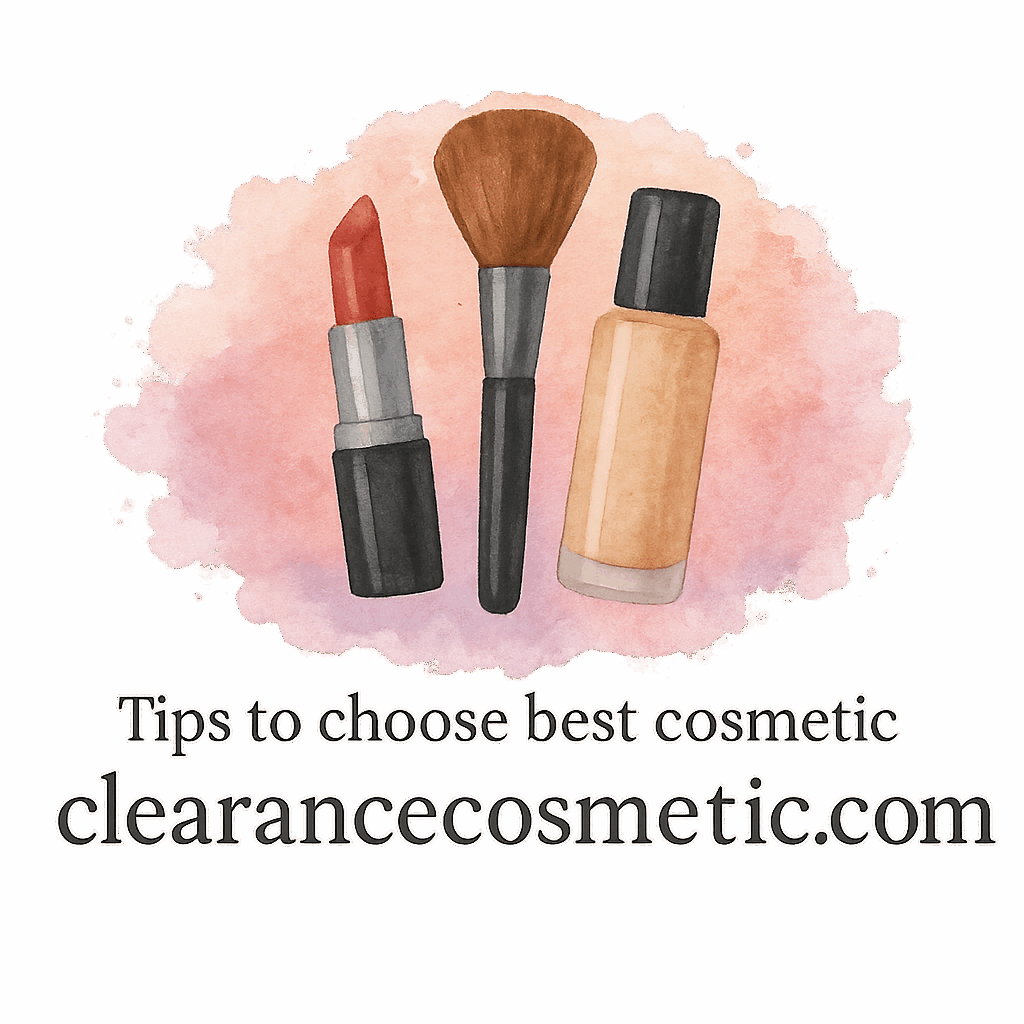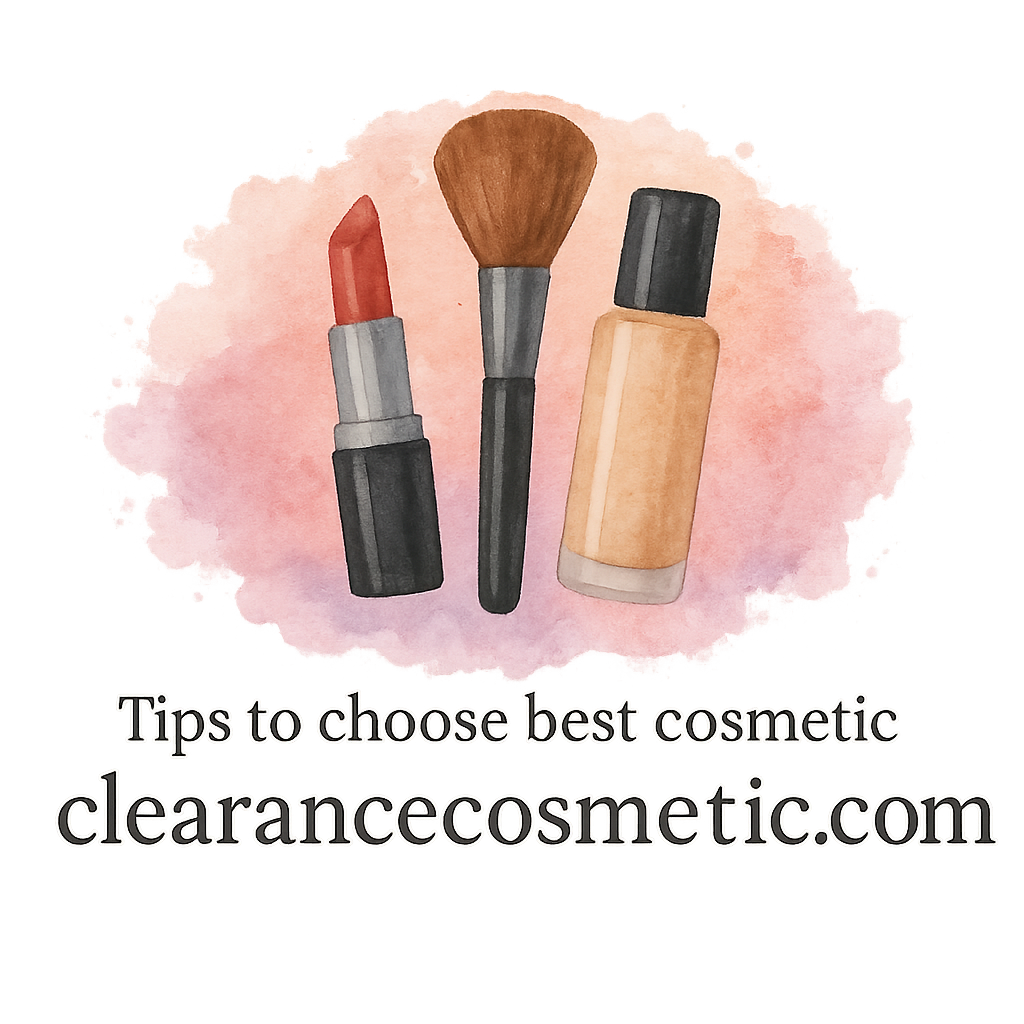Introduction
Ever wonder what’s really inside your favorite cosmetic products? If you’ve ever flipped over a product and squinted at a long list of confusing chemical names, you’re not alone. The truth is, not all ingredients are created equal—and some can actually harm your health. Let’s break it down in a simple, no-fluff guide to 10 harmful cosmetic ingredients to avoid.
This isn’t about fear-mongering; it’s about being informed. Because what goes on your skin, often goes into your body.
Why You Should Care About Cosmetic Ingredients
You probably wouldn’t drink something if the label screamed “toxic,” right? Yet, we often apply such ingredients directly onto our skin—daily! Over time, these compounds can accumulate and mess with your hormones, skin health, and even your long-term wellness.
And let’s be real—beauty shouldn’t come at the cost of your health.
💡 Pro Tip: Many harmful ingredients hide in everyday essentials—moisturizers, lipsticks, foundations, even deodorants!
Understanding Cosmetic Labels
How to Read an Ingredient List
Cosmetic labels list ingredients from highest to lowest concentration. That means the first five items make up the bulk of your product. If a red-flag ingredient appears early on, it’s best to skip it.
The Role of Safety Regulations
While agencies like the FDA and EU maintain some control, many potentially dangerous ingredients still slip through. Shockingly, the U.S. bans only around 11 cosmetic ingredients, while Europe bans over 1,300!
You can explore this deeper at our ingredients safety guide for more clarity.
1. Parabens
Why They’re Used
Parabens are used as preservatives to keep products from going bad. You’ll find them in makeup, moisturizers, and shampoos.
Health Concerns
These chemicals mimic estrogen in the body, potentially disrupting hormone function. Studies link parabens to reproductive issues and even breast cancer.
Safer Alternatives
Look for phenoxyethanol, sodium benzoate, or naturally derived preservatives in organic brands.
Explore more safe-use cosmetics for peace of mind.
2. Phthalates
Where They’re Found
Phthalates make fragrances last longer and plastics more flexible. You’ll see them in perfumes, hairsprays, and nail polish.
Impact on Hormones
These endocrine disruptors are tied to fertility problems and developmental issues in children.
Check out this affordable cosmetics collection with zero phthalates.
3. Formaldehyde and Formaldehyde-Releasing Agents
Hidden Names on Labels
You might not see “formaldehyde” on labels directly. Instead, look for quaternium-15, DMDM hydantoin, or imidazolidinyl urea—they release it over time.
Risks of Exposure
Chronic exposure is linked to respiratory issues, skin irritation, and even cancer.
Discover more cosmetic mistakes to avoid like this one.

4. Sodium Lauryl Sulfate (SLS) and Sodium Laureth Sulfate (SLES)
Skin Irritation and Dryness
These foaming agents strip away natural oils, leading to dryness, acne, and eczema flare-ups.
Better Alternatives
Opt for coco-glucoside, decyl glucoside, or other gentle, plant-based surfactants.
Check out our skin type matching guide to find the right cleanser for you.
5. Fragrance (Parfum)
The Hidden Ingredient Trap
“Fragrance” can mean anything—literally. It’s a catch-all term for over 3,000 chemicals, many of which are untested.
Fragrance Sensitivities
Headaches? Rashes? That “lovely” scent might be the culprit.
Look into our application tips for using unscented or essential-oil-based options instead.
6. Toluene
Common in Nail Products
Found in nail polish and removers, toluene helps smooth application and shine.
Effects on Reproduction and Development
It’s particularly harmful during pregnancy and can impact fetal development.
Avoid products tagged under unsafe cosmetic brands.
7. Triclosan
Found in “Antibacterial” Products
Triclosan once flooded antibacterial soaps, deodorants, and toothpaste. It’s now banned in some products but still lingers in others.
Long-Term Health Risks
It may cause hormone disruption, antibiotic resistance, and thyroid issues.
Need help finding natural alternatives? We’ve got your back.
8. Polyethylene Glycols (PEGs)
Why They’re Added
PEGs thicken lotions and help deliver ingredients deeper into the skin.
Carcinogenic Concerns
They can be contaminated with ethylene oxide, a known carcinogen, especially when used on broken or sensitive skin.
Explore safe cosmetic essentials here.
9. Oxybenzone
Common in Sunscreens
This UV filter absorbs sun rays but at a cost—your hormones.
Hormonal and Environmental Impact
Oxybenzone affects coral reefs and can mess with your endocrine system.
Switch to zinc oxide or titanium dioxide based sunscreens instead.
Our occasions use guide can help you choose SPF options for various events.
10. BHA and BHT
Synthetic Preservatives
These are found in lipsticks, moisturizers, and other makeup products to prevent spoilage.
Link to Tumor Growth
Studies suggest a connection to organ toxicity and cancer development, especially with long-term exposure.
Check out our collection of organic cosmetics for safer choices.
Safer Beauty Tips
Look for “Clean” or Organic Labels
Just because a product says “natural” doesn’t mean it’s safe. Look for certified organic or ECOCERT-approved labels.
Match Products with Your Skin Type
A moisturizer that’s great for oily skin might be awful for dry or combination skin. Visit our combination skin guide to learn more.
Use Ingredient Checking Apps
Apps like Yuka, ThinkDirty, or EWG Skin Deep can help you identify risky ingredients on the go.
Budget-Friendly Safe Alternatives
Affordable Doesn’t Mean Unsafe
Safe cosmetics don’t have to break the bank. There are plenty of budget-friendly choices out there that tick all the safety boxes.
Top Brands That Focus on Safety
Explore brands featured under the affordable, budget, and luxury categories for options that fit your wallet and your wellness goals.
Conclusion
Cosmetic safety is more than a trend—it’s a necessity. The good news? You’re now armed with knowledge. By avoiding these 10 harmful ingredients, you’re already making smarter, healthier beauty choices.
Start small—swap one product at a time. Check the labels. Trust your instincts. And remember, your skin will thank you later.
Want to explore safer beauty? Browse our complete cosmetic range for clean, conscious picks.
FAQs
1. How do I know if my cosmetic has harmful ingredients?
Start by reading the ingredient label and cross-checking with trusted sources or safety apps.
2. Are natural products always safe?
Not always. “Natural” isn’t regulated, so always read the full ingredient list.
3. What’s the safest sunscreen ingredient?
Look for zinc oxide or titanium dioxide. These are physical blockers and reef-safe.
4. Why are these harmful ingredients still used?
They’re cheap and effective—but that doesn’t make them safe. Many regulations lag behind science.
5. Can harmful ingredients cause cancer?
Some, like BHA, BHT, and formaldehyde, have been linked to cancer in long-term studies.
6. What are PEGs in cosmetics?
PEGs are petroleum-based compounds used to soften and penetrate skin. They can carry harmful impurities.
7. Where can I find safe, affordable cosmetic options?
Visit our curated section for budget-friendly beauty and start making swaps today.


